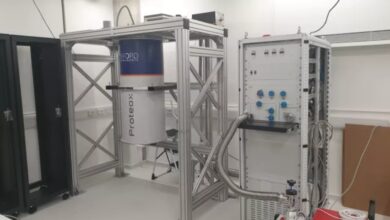Increased Aurora Activity Expected as the Sun Reaches Solar Maximum

Increased Aurora Activity Expected as the Sun Reaches Solar Maximum
As the Sun reaches its solar maximum, scientists and skywatchers alike are anticipating a surge in aurora activity. This peak phase of the Sun’s 11-year solar cycle is characterized by heightened solar activity, including more frequent solar storms, which can lead to spectacular displays of the northern and southern lights.
What is Solar Maximum?
The solar maximum is the period when the Sun’s magnetic field is at its strongest, resulting in increased sunspots, solar flares, and coronal mass ejections. This phase is crucial for understanding solar behavior and its effects on Earth.
Experts predict that the current solar maximum, which began earlier this year, will continue to influence aurora activity well into 2025. This means that regions closer to the poles, such as Alaska, Canada, and parts of Scandinavia, are likely to experience more vibrant and frequent auroras.
The increased solar activity leads to more charged particles being ejected from the Sun. When these particles collide with the Earth’s atmosphere, they create the stunning light displays known as auroras. The best displays typically occur during periods of heightened solar activity.
Skywatchers should prepare for optimal viewing conditions, especially during the winter months when nights are longer and darker. The combination of solar maximum and winter skies could result in some of the best aurora sightings in years.
As we embrace this exciting phase of solar activity, enthusiasts and scientists alike are eager to witness the natural beauty of the auroras. Whether you’re an experienced aurora chaser or a curious observer, the coming months promise to deliver breathtaking celestial displays. Keep your cameras ready and your eyes on the skies!




